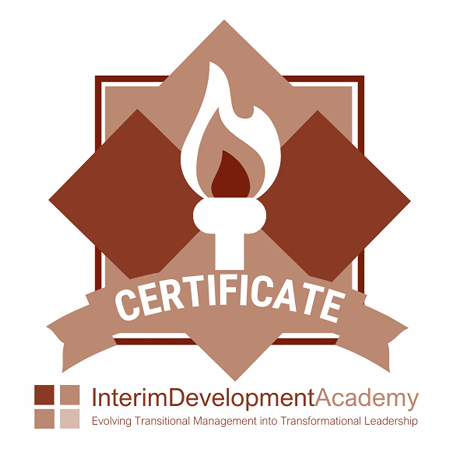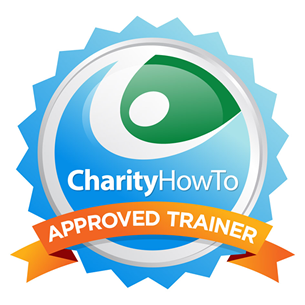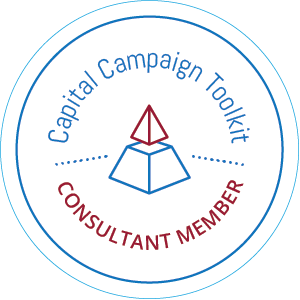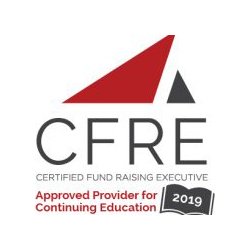Now that it is development planning season for many with the start of a new fiscal year looming, I am often asked, where do you start first when putting together your development plan and calendar.
Well, for me, I start at the beginning. I tend to look at the key metrics and how past Return on Investment (ROI) has been for each fundraising activity including events, appeals, major gifts, etc., etc., etc. By looking at ROI, you will determine whether or not a particular activity is effective or not. It prevents that “well we have always done it this way” or “we hold this event every year, so we can’t stop it now.” It allows you to keep the proverbial “winners” while deciding to eliminate those activities that are not as effective or are not meeting best practices.
I should add a disclaimer before I go on that – not all activities have a sole purpose of raising money! So, specific metrics would need to be developed for those particular activities.
So what are some of those key metrics and how do you calculate them?
I start by gathering:
# of pieces – # of pieces mailed to select group of the database or number of direct requests
# of gifts – # of gifts received by mailing or number of donors responding with gifts
Gross income – Income without expenses calculated or values of gifts and contributions received
Expenses – expenses of mailing including copywriting, design, mailing services and postage or amount of fundraising budget spent
Then I calculate:
Net income – Expenses minus gross income
Participation rate – # of participants divided by total solicitations
Average gift – Divide revenue received by participants
Average cost per gift – Divide expenses by participants
Cost of fundraising – Expenses divided by revenue
Net ROI – Net income divided by expenses; multiplied by 100 for percentage rate of return
I put this all in a spreadsheet document with like appeals spanning a number of years together i.e. Spring Appeal 2012, 2013, 2014, 2105, etc. So that ROI comparisons can be easily made. If you would like a sample copy of this Appeal Comparison spreadsheet to use for your purposes, email me here!
Then from there, I evaluate all of this data against Industry Best Practices in terms of Solicitation Activity Reasonable Cost Guidelines as found below.
Solicitation Activity Reasonable Cost Guidelines
Direct mail (acquisition) $1.00 to $1.25 per $1.00 raised
Direct mail (renewal) $0.20 to $0.25 per $1.00 raised
Special events $0.50 per $1.00 raised
Volunteer-led personal solicitation $0.10 to $0.20 per $1.00 raised
Corporation and Foundation Grants $0.20 per $1.00 raised
Capital campaigns/ Major Gifts $0.05 to $0.10 per $1.00 raised
Planned Giving $0.20 to $0.30 per $1.00 raised
If an activity meets the Reasonable Cost Guidelines then it is a keeper, if not, then it is time to evaluate why. Don’t throw an activity out solely on not meeting these guidelines, especially if you have other “goals” in mind for the particular strategy, but do be conscious of this in your planning process.
Sometimes a strategy such as an event may provide great public relations or offer a possible donor cultivation moment. Keep these things in mind as you plan. And, if you need help evaluating your ROI and putting together a fundraising plan, let us help you!
Follow Robin on LinkedIn, on Twitter: @HIREACFRE!, and Facebook.
Enjoy my work? Share & comment below and I’ll connect with you to further the conversation.







